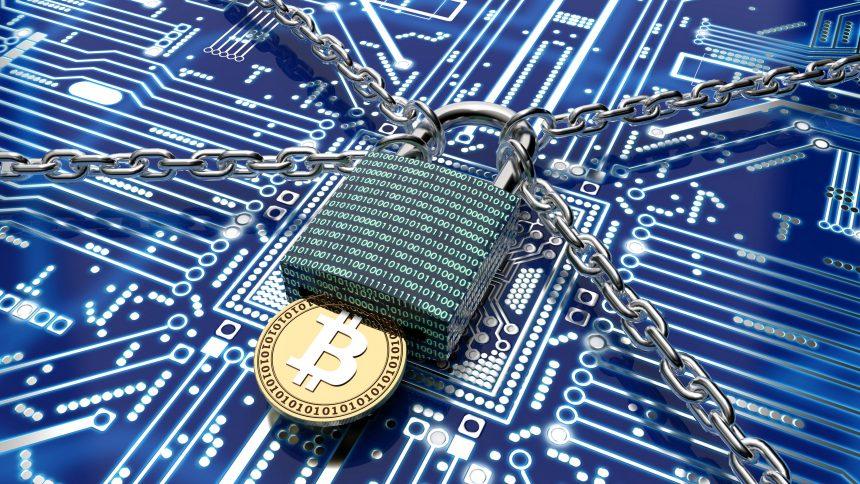Ransomware remains one of the most devastating cyber threats facing individuals and organizations today, and the emergence of FoxTro ransomware is a stark reminder of this reality. This malicious software not only encrypts valuable data but also demands a ransom for its release, often leaving victims in dire situations. Understanding the actions and consequences of FoxTro ransomware, along with effective removal strategies, is crucial for safeguarding your data and maintaining digital security.
Actions and Consequences of FoxTro Ransomware
Once FoxTro ransomware infiltrates a system, it typically performs several malicious actions:
- Data Encryption: FoxTro targets files with common extensions, including documents, images, and databases, rendering them inaccessible to users. The encryption process is often swift and can affect large volumes of data within minutes.
- Ransom Note Generation: After successfully encrypting the files, FoxTro generates a ransom note that provides instructions for payment. This note may include threats to permanently delete files if the ransom is not paid within a specified timeframe.
- Data Exfiltration: In some cases, FoxTro may also exfiltrate sensitive data before encrypting it. This tactic not only increases the pressure on victims to pay the ransom but also poses a risk of data leaks.
The consequences of falling victim to FoxTro ransomware can be severe:
- Financial Loss: Paying the ransom does not guarantee that you will regain access to your files. Many victims report that attackers do not provide decryption keys even after payment.
- Data Loss: If backups are not available or are also compromised, victims may face permanent data loss.
- Reputation Damage: For businesses, ransomware attacks can lead to reputational damage and loss of customer trust.
The ransom note generated by the Foxtrot Ransomware on the infected devices is:
‘YOUR PERSONAL ID:
/!\ YOUR COMPANY NETWORK HAS BEEN PENETRATED /!\
All your important files have been encrypted!
Your files are safe! Only modified. (RSA+AES)
ANY ATTEMPT TO RESTORE YOUR FILES WITH THIRD-PARTY SOFTWARE
WILL PERMANENTLY CORRUPT IT.
DO NOT MODIFY ENCRYPTED FILES.
DO NOT RENAME ENCRYPTED FILES.
No software available on internet can help you. We are the only ones able to
solve your problem.
We gathered highly confidential/personal data. These data are currently stored on
a private server. This server will be immediately destroyed after your payment.
If you decide to not pay, we will release your data to public or re-seller.
So you can expect your data to be publicly available in the near future..
We only seek money and our goal is not to damage your reputation or prevent
your business from running.
You will can send us 2-3 non-important files and we will decrypt it for free
to prove we are able to give your files back.
Contact us for price and get decryption software.
email:
pomocit01@kanzensei.top
pomocit01@surakshaguardian.com
To contact us, create a new free email account on the site: protonmail.com
IF YOU DON’T CONTACT US WITHIN 72 HOURS, PRICE WILL BE HIGHER.
Tor-chat to always be in touch:
qd7pcafncosqfqu3ha6fcx4h6sr7tzwagzpcdcnytiw3b6varaeqv5yd[.]onion’
Detection Names for FoxTro Ransomware
FoxTro ransomware may be detected by various security solutions under different names. Some common detection names include:
- Trojan.Ransom.FoxTro
- Ransom.Win.FoxTro
- Malware.FoxTro
Similar Threats
FoxTro ransomware shares similarities with other notorious ransomware variants, including:
- LockBit: Known for its rapid encryption and targeted attacks.
- Conti: A highly sophisticated ransomware strain that often employs double extortion tactics.
- REvil (Sodinokibi): Famous for its aggressive ransom demands and data theft.
Comprehensive Removal Guide for FoxTro Ransomware
If you suspect that your system is infected with FoxTro ransomware, follow this comprehensive removal guide:
Step 1: Disconnect from the Internet
Immediately disconnect your device from the internet to prevent the ransomware from communicating with its command and control server or spreading to other devices on your network.
Step 2: Enter Safe Mode
- Restart your computer.
- During boot-up, repeatedly press the F8 key until you see the Advanced Boot Options menu.
- Select “Safe Mode with Networking” to allow the use of security tools.
Step 3: Use a Reliable Anti-Malware Tool
Download a reputable anti-malware tool like SpyHunter. Follow these steps:
- Visit this page.
- Download and install the software.
- Run a full system scan to detect and eliminate FoxTro ransomware and other potential threats.
- Follow the prompts to remove any detected malware.
Step 4: Restore Files from Backup
If you have backups available, now is the time to restore your files. Ensure that the backup files are free from ransomware before proceeding.
Step 5: Change Passwords
Once your system is secure, change passwords for all accounts accessed from the infected device. Use strong, unique passwords to enhance security.
Step 6: Update Software and Security Measures
Ensure that your operating system, software applications, and security tools are up-to-date. This minimizes vulnerabilities that ransomware may exploit.
Best Practices for Preventing Future Infections
To protect your system from future ransomware attacks, consider implementing these best practices:
- Regular Backups: Regularly back up your important files to an external hard drive or cloud storage, ensuring they are not connected to your main system.
- Use Antivirus Software: Invest in reliable antivirus software and keep it updated to protect against emerging threats.
- Educate Users: If you’re part of an organization, educate employees about the dangers of phishing emails and suspicious downloads, which are common ransomware delivery methods.
- Employ Firewalls: Use firewalls to add an extra layer of security against unauthorized access to your network.
- Update Operating Systems: Regularly update your operating system and software applications to patch vulnerabilities.
Conclusion
FoxTro ransomware is a significant threat that can cause severe damage to individuals and organizations. Understanding its actions and consequences is crucial for effective mitigation. By following the removal guide and implementing best practices, you can protect yourself from future infections. For immediate assistance in detecting and removing malware, download SpyHunter and scan your computer for free to ensure your system is secure.





